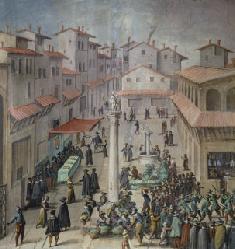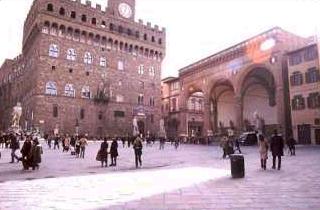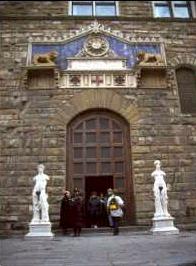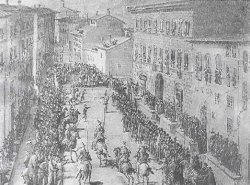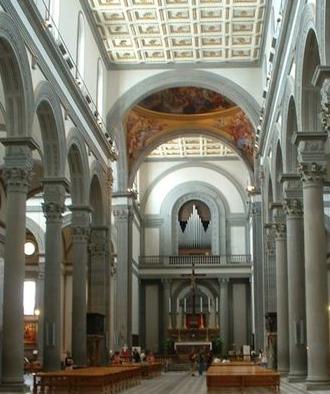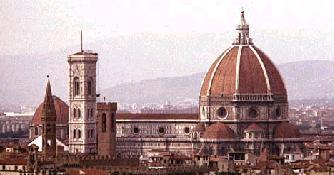
Candida Martinelli's Italophile Site

Main
Page This family-friendly site celebrates Italian culture for the enjoyment of children and
adults. Site-Overview
Saint Peter baptizing a man
Saint John
Saint Peter paying taxes
Virgin and Child
A youth
Florence's cathedral with Brunelleschi's famous dome, a view from above
In the Late-Middle-Ages, city-states grew rich from trade, especially those with access to
ports, like Venice, Genoa, Pisa (Florence).
The growing trade required bankers, accountants, interpreters,
craftsmen, salesmen, distributors…in short, a middle class.
This
growing counter-balance to the power of the evermore corrupt church
dominated the end of the Middle Ages, and pushed Italy ahead of
Europe into the Renaissance.
Dante Alighieri was right there.
He is a late Middle Ages writer that is considered the bridge
with the Renaissance. He
lived from 1265-1321.
Petrarch
wrote during this transitional period, and is considered the father of
humanism, the main philosophy of the Renaissance. And Giovanni di Bicci de' Medici was there as part
of the growing middle class. The enterprising but not well-off Giovanni di Bicci
de' Medici (1360-1429) moved from Mugello to Florence. Giovanni began
by acquiring real estate in the New Market area. That area was much
later opened up by the demolition of the medieval buildings and made
into Piazza della Republica. In this image by Dutch artist Jan Van der Straet, called Giovanni Stradoni in Italy, you can see the old Piazza with the small
shops around it. Piazza del Mercato Vecchio 1555
Giovanni
built his property business into a commercial giant, adding a
pawn-broking/banking business that he expanded with branches throughout the Northern Italian
city-states and all then all of Europe. The banking business was like today's Hawala
money-transfer system. For example: The earliest banks were
also pawn-brokers, just as today's banks in Italy are also pawn-brokers.
Items were left in the bank safes as collateral for loans small and
large for usually less than half the market value of the item. If
the loans weren't repaid in a certain amount of time, the items were
sold and the 'bank' owners made their profit. It was a way of
running a bank without charging interests, which was ruled a sin by the
Vatican. Like the Islamic banks today, and for the same reason, only fees were charged for
services. Today, people in Italy use this bank service as a
substitute for credit cards. Credit cards were introduced only
recently in Italy, and the 18-25% interest on charges not paid off
immediately, are substantial compared to the small fees charged by
pawn-brokers. In fact, the famous Parmigiano cheese is actually 'pawned'
to the banks in that region of Italy. The banks offer loans to the
producers, only if they store their valuable cheeses in bank-provided
vaults. If the loans are not repaid, the bank keeps possession of
the cheese, technically called collateral for the loans. Giovanni's money bought
him entry into the high circles of Florence, but he was never part of
the aristocracy of the city, nor did he aspire to be. Like his de'
Medici relations before him, Giovanni de' Medici supported
a popular government of the people. The people of
Florence held dear to that dream with ever increasing tenacity over
the coming years, ironically fighting the tyranny of the de' Medici
along the way.
Florence's town hall in the Palazzo Vecchio Giovanni made the family home in several connecting medieval properties
along Via Cavour in Florence, then called Via Larga.
Rendering of a via Larga
procession after the Medici built their palace, seen here to the right,
on the corner He then began purchasing most of the property along with wide street,
and rented the homes to the de' Medici employees, while retaining the orchards
and vegetable plots for his sons to develop later. Giovanni was patron
to many artists including Masaccio
who is often called the first Renaissance painter. And he
supported the artist and architect Brunelleschi. Giovanni provided most of the money for the
rebuilding of his local parish church, now the Basilica di San Lorenzo,
and gave the contract for the work to Brunelleschi.
The exterior of the church was never decorated,
but the interior was embellished over the years by many famous
Florentine artists under commission to the de' Medici family.
Interior of the Basilica of San
Lorenzo Giovanni lived to the age of 69.
He was well respected in Florence and seen as a fair and peace-loving
man. He brought prestige to the city through his powerful business
contacts and hosting important guests. Before Giovanni died, he managed to
secure the Papacy as his bank's client. He was 'God's Banker',
using a
more recent term. This was a coup because the Vatican was at that time, the largest multi-national organization in the world.
The other bankers in Florence envied the de' Medici their big client,
envy that would lead to much strife down the years. Giovanni built up a multi-national
empire of commerce, property and banking, and set an example to his sons
of artistic patronage and political moderation. That's why he's
considered the patriarch of the de' Medici empire. To the next section:
The Early Renaissance, Cosimo and Lorenzo: The Elders
Florence's cathedral with Brunelleschi's famous dome, a view from the
side
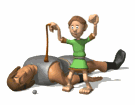
The
de' Medici Dynasty
![]()
The family's history parallels
Italy's history. I've divided it into sections listed in the left
column.
This concise history is a helpful guide to read before
traveling to Florence and the Vatican.
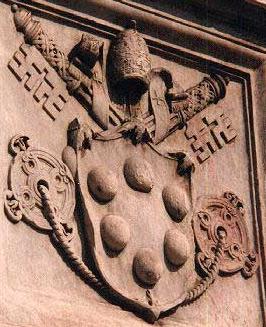
The de' Medici Dynasty and Italian History
The Late-Middle-Ages, Early Renaissance, Giovanni: The Founder
The Early Renaissance, Cosimo and Lorenzo: The Elders
The High Renaissance, Piero and his son, Lorenzo the Magnificent
Florentine Independence and the End of the
Florentine Renaissance, Piero II and Lorenzo II in Exile
The Roman Renaissance, Cardinal Giulio de' Medici and Pope Leo X
(Giovanni de' Medici)
The End of Florentine Independence, Pope Clement VII (Giulio de' Medici), Alessandro, and
Caterina de' Medici
The Late Renaissance, The Grand Duke and Duchess of Tuscany: Cosimo de' Medici
and Eleonora di Toledo
The Age of Discovery, Francesco and Ferdinando: Two Very Different Brothers
The Age of Reason and The Enlightenment, The Decline of de' Medici Reason and Enlightened
Governance
Some works by Masaccio
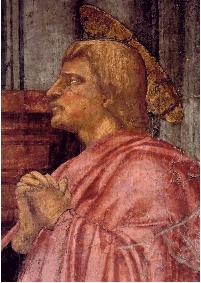
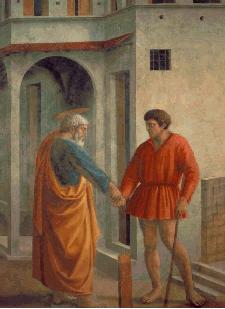
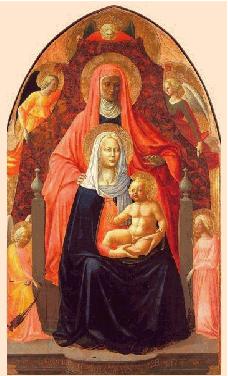
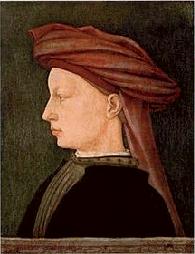
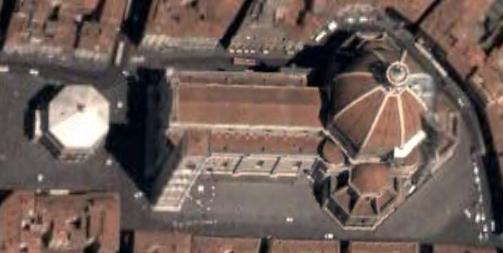
The Late-Middle-Ages, Early Renaissance
Giovanni: The Founder

